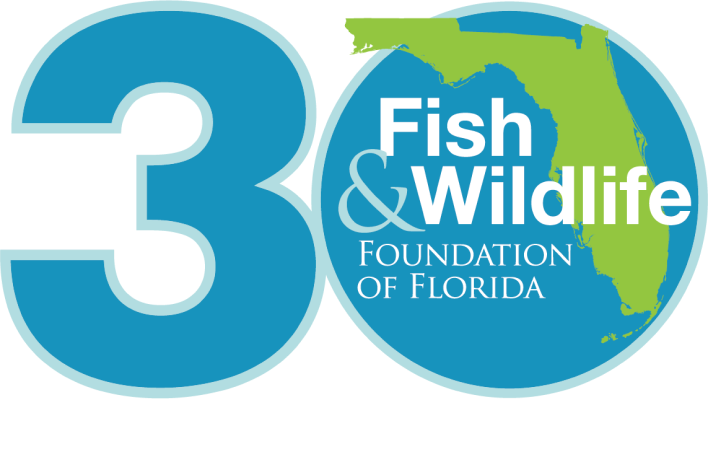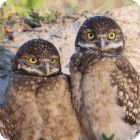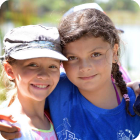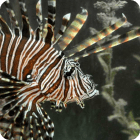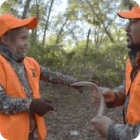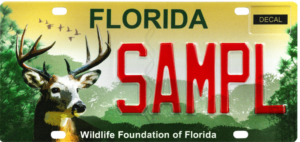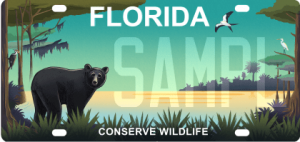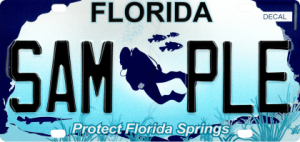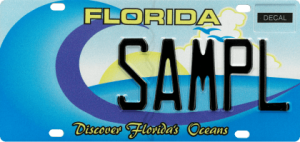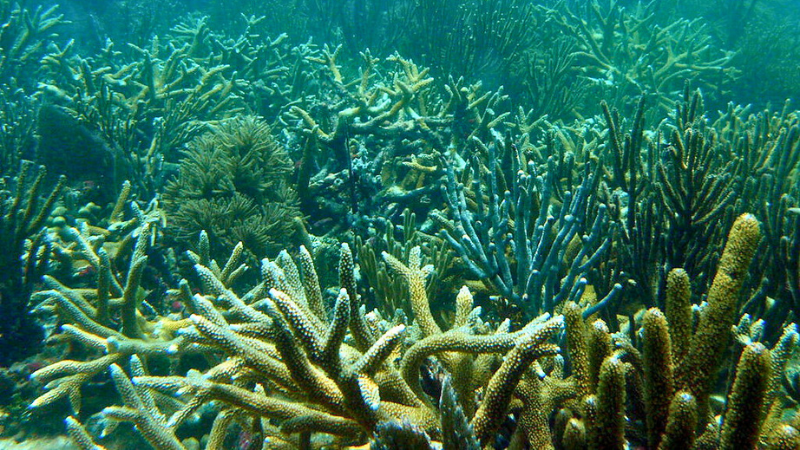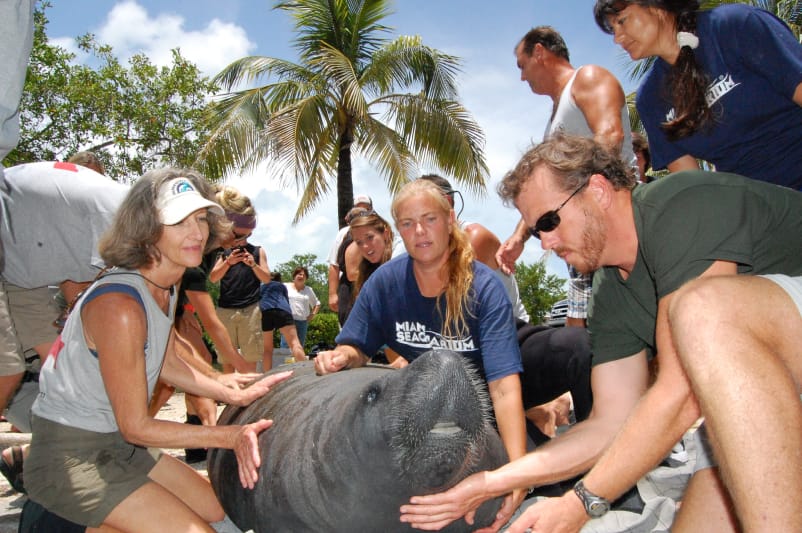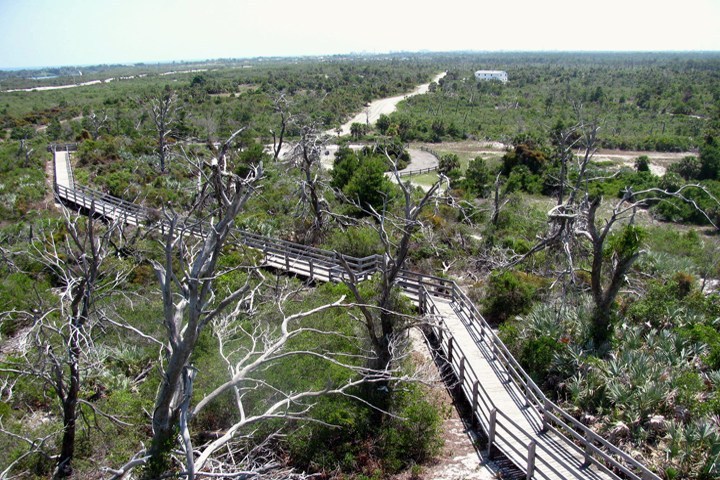
By: Kyle Grammatica
Established in 1950, Jonathan Dickinson State Park is the largest state park in Southeast Florida. It covers a variety of habitats, such as coastal sand hills, upland lakes, and scrub forests. The Loxahatchee River runs through the park as well, providing a variety of recreational opportunities like kayaking and fishing. The park’s nine miles of mountain biking trails are a popular destination for cycling enthusiasts of all skill levels. Other fun activities include boating, camping, hiking, and swimming.
Hobe Mountain
A particularly interesting natural feature of Jonathan Dickinson State Park is Hobe Mountain. Hobe Mountain is an ancient sand dune standing 86 feet above sea level. It is the highest natural point south of Lake Okeechobee. Hobe Mountain is part of the Atlantic Coastal Ridge, a series of dunes and hills that parallel the coastline of Southeastern Florida. These dunes and hills form a habitat called sand pine scrub, home to unique species like the Florida scrub-jay, Florida scrub lizard, and Florida Dancing Lady Orchid.
History of Jonathan Dickinson State Park
Jonathan Dickinson State Park has a rich history. The 10,500-acre park was named after Jonathan Dickinson, a Quaker merchant whose ship wrecked nearby in 1696. Dickinson and his family survived the wreck, making a journey from the area of the present-day park up to St. Augustine. Dickinson kept a journal detailing his journey north, particularly his encounters with indigenous people.
During World War II, the land that now makes up the park was used as a military training school called Camp Murphy. Camp Murphy once housed over 6,000 men, a top-secret radar training program, and over 1,000 buildings, including power plants, a church, and a theater. Camp Murphy was closed in November 1944, after two years of operation. The land that Camp Murphy’s hospital complex occupied was later turned into Old Pine Grove Campground, a popular campground that featured over 90 campsites with their own water and electricity access. Old Pine Grove has been updated to include modern amenities.
Trapper Nelson was an eccentric trapper and fur trader that moved into the upper Loxahatchee River area in the 1930s. He became famous for his lifestyle and was known as the “Wildman of the Loxahatchee.” Over time, Trapper Nelson converted parts of his homestead into a tourist attraction. Tourists would come from around the world to stay in Nelson’s cabins and watch him handle venomous snakes and alligators. He was able to acquire more land, eventually purchasing about 1,000 acres around the Loxahatchee River. Before his death in 1968, Nelson worked with the Florida Park Service to have his homestead preserved and his land incorporated into Jonathan Dickinson State Park. Nelson and his homestead are memorialized at the Trapper Nelson Interpretive Site at the park.
With state parks beginning to open, we hope you get to enjoy Jonathan Dickinson State Park soon!
